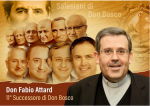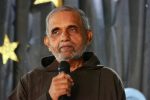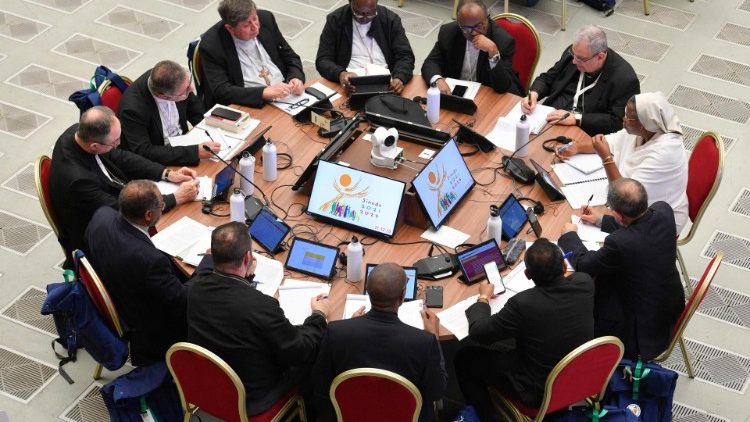By Virginia Saldanha
Mumbai, Oct 20, 2024: It was heartening to read what women said at the ongoing Synod at the Vatican this month. The women are positive and invigorated by the discussions at the Synod.
Sister Catherine Clifford, a theologian and member of the Congregation of St Joseph, pointing at the heart of what the Synod is hoping to accomplish said, “If the Second Vatican Council began to restore a balance in its effort to revive more collegial patterns of church governance, the more comprehensive understanding of synodality is helping us today to recover the indispensable participation of all the faithful by virtue of their baptism in processes of discernment and decision-making.”
Sister Samuela Maria Rigon, a member of the Sisters of the Sorrowful Mother, was struck by “the experience of the universality of the Church” she said, “Here we can truly get in touch with realities of the world that nobody speaks about,” she said, noting that “the church is much broader than the institutional church.”
The Synod is “per se a great step in the journey of the church,” she said. Synodality “brings us back to the centrality of relations” and “back to the sources, the roots of the church.” Jesus built his ministry on relationships, she said, and all forms of church renewal must begin with this fact of the gospels. Just as Jesus “reached out to people,” so Christians must go out to others where they live and suffer, she said.
Salesian Cardinal Charles Maung Bo, Archbishop of Yangon in Myanmar and former president of the Federation of Asian Bishops’ Conferences (FABC), pointed out that synodality in Asia has “increased awareness of the Holy Spirit’s role” as well as the importance of “baptismal dignity and charism.” He named challenges to the implementation of synodality in Asia. These include a lack of clarity on the concept of synodality itself due to difficulties inherent in translating the term and communicating its essence.
Formation is another challenge, as “there is a need for more trained facilitators” to help develop synodal practices in local churches, he said. Cardinal Bo also referenced the obstacle of clericalism, as some priests may fear loss of authority or privilege in a more synodal mode of Church.
Following Vatican II the visionary Bishops of Asia of the time articulated a vision of Church based on the “collegial patterns of church governance and the more comprehensive understanding of synodality.” It was called the ‘Small Christian Community’ (SCC) which together become a Communion of communities, to make Asia become a Church of communion and participation. The vision was adopted by most Asian member countries of the FABC and soon structures were set up.
The AsIPA Desk (Asian Integral Pastoral Approach) was set up within the FABC Office of Laity that began to train facilitators. Training Centres were set up in member countries like India and the Philippines. There was an Asian Resource Team, that conducted regular training programmes at the Asian and diocesan levels as requested by bishops.
Therefore, I am surprised to read of “the need for trained facilitators” and the “lack of clarity for the concept of synodality due to difficulties inherent in translating the term and communicating its essence.” AsIPA texts were translated into various Asian languages.
The SCC structure is a synodal structure, if dioceses and parishes take the initiative to train the SCC co-ordinators, dialogue could start at the level of the neighbourhood community, and caring relationships built. The dialogue then moves up through the structures of synodality set up after Vatican II, like the Parish Pastoral Council, the Archdiocesan Pastoral Council, and to the National level.
I definitely agree with Cardinal Bo, that clericalism is a stumbling block to synodality in the Church in Asia. It kept coming up at every AsIPA General Assembly. But nothing was ever done about it because no one really described it as Cardinal Bo has done pointing to – “some priests who fear loss of authority or privilege in a more synodal mode of Church.”
So, the bottom line to becoming a synodal Church hinges on the priest, and how he sees himself as a cleric or pastor.
Thomas P. Doyle, a canon lawyer, points out: “Clericalism refers to the radical misunderstanding of the place of clerics in the Catholic Church and secular society. This pejorative “ism” is grounded in the erroneous belief that clerics constitute an elite group and, because of the powers as sacramental ministers, they are superior to the laity. These spiritual powers have historically led to a variety of social privileges which in turn have regularly resulted in different levels of corruption (J. Sanchez 1972)”
The only way this can be addressed is if the training of priests is changed radically to turn out pastors in the model demonstrated by Jesus at the Last Supper. They have to be trained to be servant leaders, who first learn to listen, dialogue, and understand the people they serve rather than expect their obeisance.
If the process of the Synod on Synodality can come up with such a model of training it will have succeeded to a large extent.
I am pleasantly surprised to find a questionnaire circulating from the Conference of Catholic Bishops of India (Latin Rite) asking all the baptized members for their suggestions on topics for their XXXVI Plenary Assembly. I look forward to getting feedback on the suggestions and the shape of the final Agenda. If lay people are invited to speak that would be the icing on the cake of Synodality in India.










